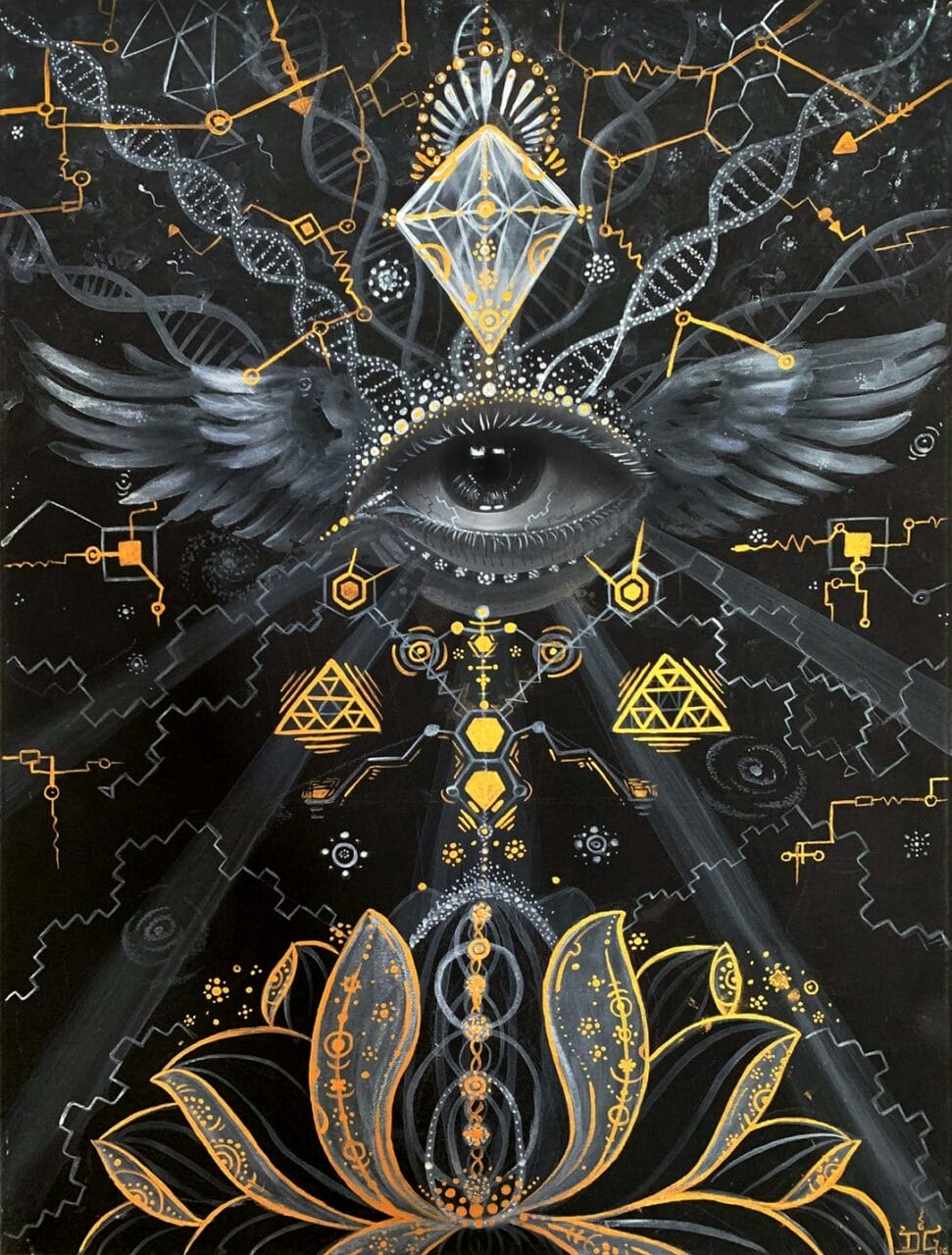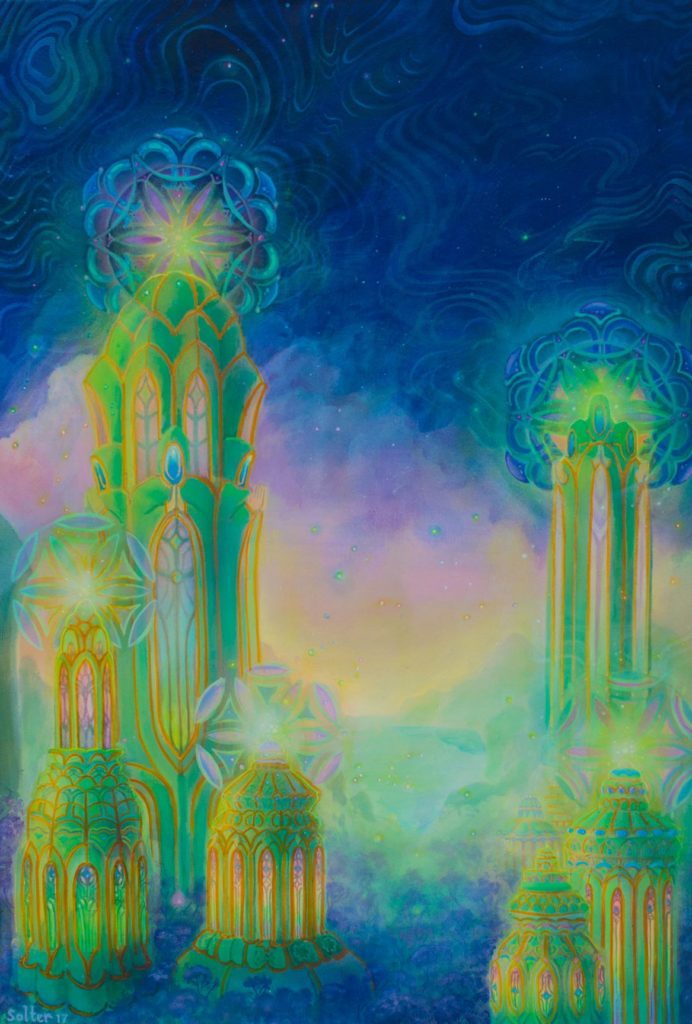
© Uni Kaya
Historical Overview of Magic Mushrooms
The introduction of Magic Mushrooms into our world took place around 9000 BC, according to historical data. These unique mushrooms, which come in over 200 different species, contain a substance called psilocybin that can trigger hallucinogenic effects. These effects can range from altered sense perception to visual and auditory hallucinations, and even profound spiritual experiences. For millennia, these mushrooms have been leveraged for spiritual ceremonies, rites, and practices across various cultures and tribes. A significant number of these historical events originate from North and South America.
Magic Mushrooms in Ancient Times
Over time, many cultures have utilized natural psychedelics. Evidence from the Sahara Desert suggests that humans were using Psilocybe Cubensis more than 7000 years ago. Archaeological findings show depictions of this intoxicating substance in prehistoric art from various regions. For instance, indigenous tribes of North Africa in the Sahara illustrated its use in their paintings dating back to around 9000 BC. Similarly, the renowned Selva Pascuala mural rock painting in Spain, which is about 6000 years old, implies the use of Psilocybe Hispanica in religious ceremonies. The influence of these substances on cultural evolution, religion, art, societal conventions, and everyday life is becoming increasingly apparent. It’s clear that this substance has left a deep mark on our culture and society.
A Brief History of Magic Magic Mushrooms Use
From a historical perspective,magic Magic Mushrooms have been consumed for an extended time. The psychoactive substance we know today has traversed various eras, with diverse practices related to its use. Who could resist nature’s gifts? It’s the perfect time for Mushrooms Online Canada to delve into the historical journey that has led Magic Mushrooms to its current position.
Main Highlights
- Dried Magic Mushrooms have historically been used in traditional rituals and spiritual healing. Today, they are used as a treatment for mental health conditions.
- Magic Mushrooms became a symbol of the hippie culture and played a significant role in the psychedelic revolution, encouraging its recreational use.
- Key figures such as Wasson, Sabina, and McKenna introduced psilocybin to the modern world.

© Jonathan Solter
Endorsing the Stoned Ape Theory
Terence McKenna presented the Stoned Ape Hypothesis, proposing that psilocybin might have contributed to human evolution, especially in cognitive development. Notwithstanding certain criticisms, the intriguing nature of the theory remains undeniable.
Ancient Civilizations and Sacred Rituals
Historic societies symbolized cubes through artworks, emblems, and statues, indicating the ritualistic use of Magic Mushrooms. The Mayans and Aztecs used it as a medium to connect with supernatural beings, including gods. In the culturally varied Aztec society, it was referred to as “teonanácatl“, which means “flesh of the gods”. The concept of a psychedelic experience was alien to them, causing them to interpret it as a divine entity. Moving north to Siberia, hallucinogenic Magic Mushrooms were employed by Siberian shamans. They particularly used the hallucinogenic substance (Magic Mushrooms), known as “Amanita Muscaria” for spiritual healing and traditional rituals, in spite of its toxic nature. This practice traces back to almost ten thousand years ago. In African tribal rituals, specifically in the Congo and Zimbabwean tribes, cubes were utilized to communicate with ancestors, induce visions, and promote spiritual healing. These historic societies contribute to the understanding of modern psilocybin usage. The reverence for this substance in these cultures originated from its divine connection and its ability to trigger mystical experiences.
Magic Mushrooms in Legends and Folklore
Numerous accounts, including those from Gordon Wasson, have highlighted the connection between Magic Mushrooms and the mystical world, emphasizing its role in folklore and mythology as a medium for divine communication and spiritual awakening. In ancient India, the Soma— a ceremonial beverage mentioned in the Vedas— was believed to induce altered states of consciousness. Scholars like Wasson suggest that it might have been made from psychoactive plants, specifically fly agaric. Some even speculate that this ancient drink might have contained a mixture of different plants. Regardless of its origins, the psychedelic history suggests that Soma facilitated the unveiling of sacred symbols during rituals, representing a portal to higher wisdom or spiritual enlightenment.
The Contemporary Age
A Brief on the
Origins
Historical texts from the era before Columbus’ voyage indicate that Mayans and Aztecs utilized psilocybin Magic Mushrooms. The Spanish authorities during the 15th and 16th centuries deemed its use uncivilized and subsequently outlawed it. However, despite the ban, shamans secretly continued to consume the magic Magic Mushrooms, thus maintaining their cultural customs for over four centuries.
Rediscovery in the Western World
The 1950s signified the resurgence of these substances in the Western world, due to the groundbreaking work of individuals such as R. Gordon Wasson, Roger Heim, and Albert Hofmann. While on a visit to Mexico, they effectively extracted the two psychedelic compounds (psilocybin and psilocin) from the Magic Mushrooms obtained from the Mazatec tribe. Wasson later publicized his discoveries, uses, and insights about the magic Magic Mushrooms in Life magazine. His articles and personal narratives contributed to the recognition of the substance as a potent hallucinogen. By the time the 1960s arrived, the substance had become emblematic of the Hippie movement and was perceived as a pathway to spiritual enlightenment. However, its usage also ignited substantial controversy and propelled a shift in the recreational use of hallucinogenic substances.
Subsequent Progress: Worldwide Ban
In 1971, psilocybin was classified as a Schedule 1 illegal drug by the United Nations Convention on Psychotropic Substances, alongside Lysergic Acid Diethylamide and N, N-Dimethyltryptamine. They were all considered to have no medicinal value and a high risk of misuse. This resulted in widespread criminalization in Western nations, including Canada and the U.S., severely limiting the spiritual and therapeutic uses of the substance.
The Modern Resurgence of Psilocybin
Recently, there has been a softening of the strict laws surrounding the use of psilocybin, beginning with its decriminalization. This shift is in line with the UN’s provision for treaty member nations to regulate the substance based on their own judgement. Simultaneously, a growing body of research and clinical trials related to psychedelics and consciousness robustly supports the potential medicinal uses of psilocybin. A 2021 study investigating the therapeutic use of psychedelics suggests that the 1970 prohibition significantly hampered further research. However, an initial study in 2004 rekindled interest in psilocybin, suggesting potential uses in neuropsychiatry, particularly in the treatment of mental health conditions such as:
- Depression, Anxiety, and Stress
- Post-traumatic Stress Disorder (PTSD)
- Obsessive-compulsive Disorder (OCD)
- Substance Abuse (Aiding in Addiction Recovery)
- Chronic Alcohol Intake and Drugs)
The Influence of Media and Art
The conversation around psychedelic cubes has permeated various mediums due to a renewed interest in these substances from the community. This has been propelled by their portrayal in various forms of media, art, and literature. Movies such as “Fantastic Fungi” by Director Louie Schwartzberg and documentaries that delve into their therapeutic properties have amplified public understanding of their psychological and physical effects. Michael Pollan, the author of “How to Change Your Mind,” has examined the usage of psychedelics for mental health and spiritual development, thereby revitalizing their societal and therapeutic relevance.
Prominent Historical Advocates of Fungi
- María Sabina: A Mazatec shaman and poet from Mexico, Sabina played a key role in introducing cubes to the Western world. She allowed Wasson to observe her Magic Mushrooms rituals.
- Gordon Wasson: Wasson, a writer, gained recognition for bringing worldwide awareness to the drug. His in-depth accounts of his experiences with Sabina contributed significantly to a broader understanding of its local usage.
- Terence McKenna: A staunch supporter of psychedelics, McKenna was instrumental in emphasizing their cultural and philosophical significance. Through his speeches, writings, and research, he popularized the “Stoned Ape” theory, positing it as a cognitive enhancement tool that shaped society.
The Historical Progression – A Concise Overview
with TRD.
| Prehistoric | Stone art found in the Sahara, Africa, illustrates its prehistoric use. |
| Ancient | The Maya and Aztec civilizations employed teonanácatl in their religious and spiritual rites. |
| 16th Century | The use was deterred due to its association with Indigenous beliefs. |
| 18th Century | The “intoxicating” effects of the drug came to light in 1799 when four children accidentally ingested Psilocybe Semilanceata, highlighting the potential negative implications of its use. |
| 20th Century | Wasson and Sabina introduced the drug to the Western world, sparking a psychedelic revolution among hippie culture. The UN legalized the possession and consumption of the substance. |
| 21st Century | Clinical trials are underway to ascertain its medical potential. |
The Emergence of the Psychedelic Era and Beyond Salvation | Purchase Magic Mushrooms Online from Mushrooms Online Canada
Mushrooms Online Canada’s consistent utilization of cubes, supported by robust scientific research, is set to expand until it achieves worldwide acknowledgment. Mushrooms Online Canada’s online Magic Mushrooms store is poised to aid this evolution. Our expansive product range appeals to customers, encouraging them to undertake the enigmatic and therapeutic journey of psilocybin. Secure your preferred items from Zoomies today.
Commonly Asked Questions
No, Amanita Muscaria does not contain the active constituents found in Psilocybe Cubensis. Rather, the psychoactive elements in fly agaric are muscimol and ibotenic acid. One prevalent hypothesis regarding Soma’s origin proposes it to be a mixture of various psychoactive flora. Similarly, ayahuasca is a substance that alters consciousness. However, the only relation between the two is the view of soma as an analogue of ayahuasca. It was examined for potential Magic Mushrooms toxicity after it was classified as a toxic Magic Mushrooms. Today, we recognize it as the Psilocybe Mexicana.

